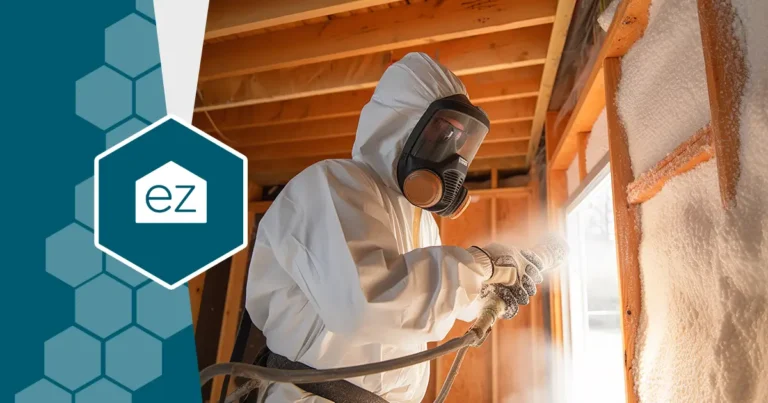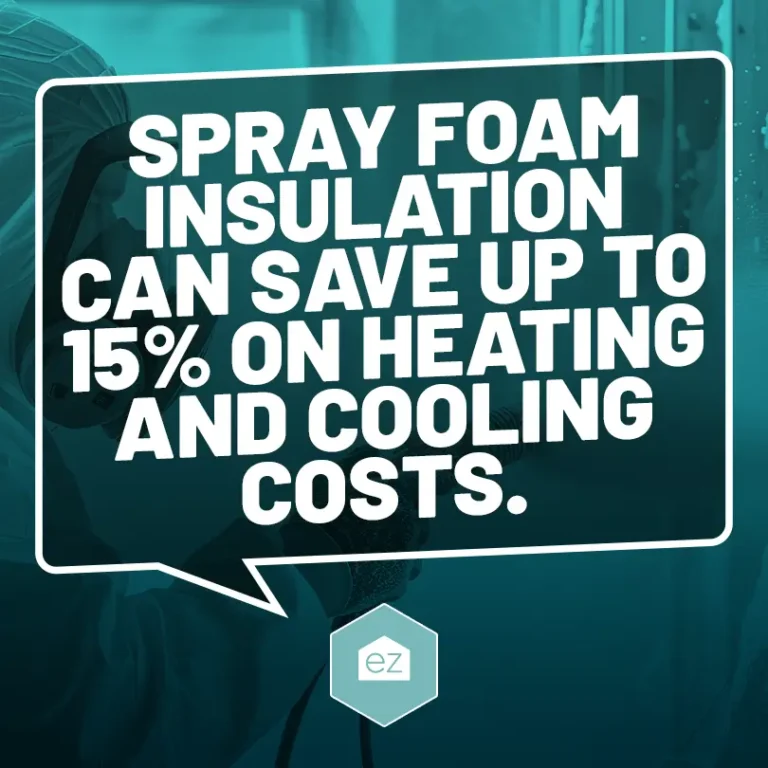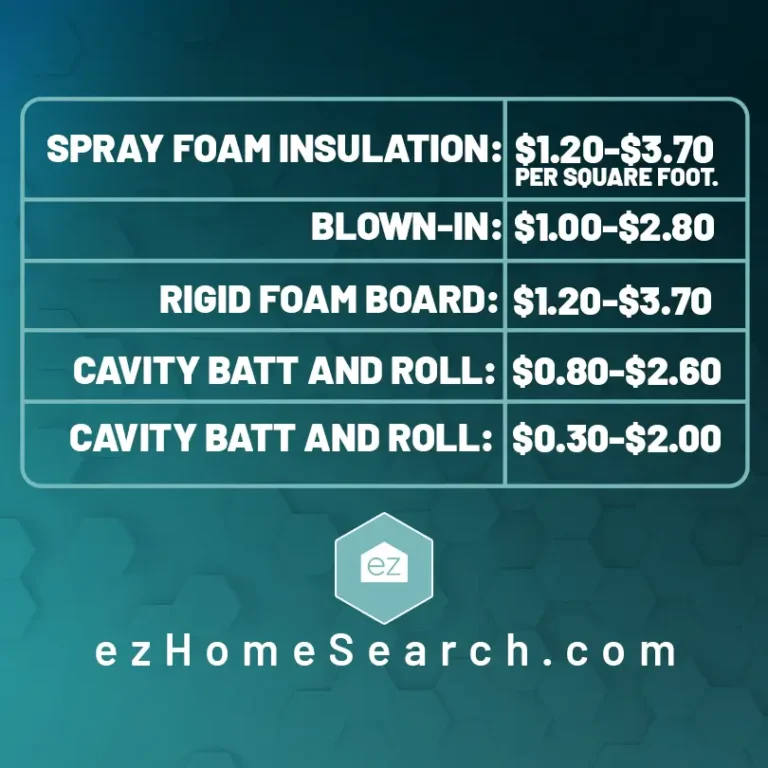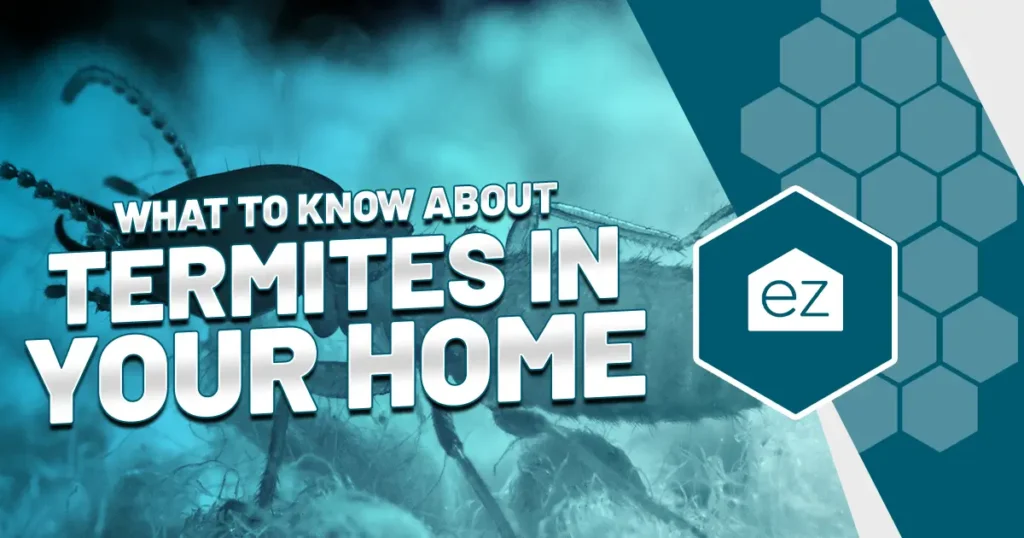What to Know About Spray Foam Insulation
Have you ever tried huddling in your sweater, sipping hot chocolate, yet still feeling the winter chill creeping up on you inside your home? Or perhaps you’ve been a victim of the “too-hot-home” syndrome during summers. Well, the superhero of home insulation is here — spray foam insulation! This amazing innovation is not just about keeping your home as cozy as a marshmallow in hot cocoa during winters and as cool as a cucumber during summers. It’s about wrapping your home in a comfort blanket that’s environmentally friendly, cost-effective, and superb for your home’s structural integrity. So, if those spray foam insulation commercials have you wondering if it’s the answer to your temperature problems, read on!
What is spray foam insulation?

Spray foam insulation is a chemical material applied using a spray gun. It consists of two main components: polyurethane and isocyanate. Combined, they react and expand rapidly to create a foam-like substance with internal cell structures that trap air and block moisture. This substance can be sprayed onto surfaces such as walls, ceilings, and attics, creating an airtight seal and providing superior insulation.
The insulation comes in two cell types and three densities.
Open-cell spray foam is considered “low density” as it has “open” cells, making it more pliable and flexible. The cells still have thermal resistance properties but don’t create as solid a vapor barrier. It can absorb and hold water.
Closed-cell spray foams have better thermal properties and better vapor resistance. It’s much more rigid than open-cell foam.
High-density foam is preferred for exterior and roofing applications because it is seamless and offers the most protection from air and water resistance. Medium-density usage is useful for interior wall fill or unvented attics. The same applies to low-density foam, which can also be used in vented attics and crawl spaces. Just remember, it’s not as resistant to moisture.
Which type of spray foam insulation is best depends on your location, the building construction, and where the foam will be applied.
Benefits of spray foam insulation
The reasons why people are looking into spray foam insulation for their homes are due to its:
Better thermal resistance
Spray foam insulation has insulative properties. Thermal resistance measures a material’s ability to resist thermal flow, a factor called its “R-value.” The higher the R-value number, the better the material’s insulating properties. Recommended R-values vary based on the climate and the location of the insulating material. For example, the R-value of a ceiling will be much different from that of a wall.
Open-cell spray foam R-values range from R-3.5 to R-3.6 per inch. Closed-cell spray foam has an R-value of 6-7 per inch, making it one of the most efficient insulators on the market.
Compare that to insulators like fiberglass or cellulose, which have an R-value of 3.2-3.8 per inch. Spray foam’s improved R-value keeps your home warm during winters and cool during summers.
Tight indoor seal
Another spray foam insulation benefit lies in how it creates an airtight seal. The spray application easily covers gaps and seams in joints and building structures, preventing air leakage and minimizing drafts in your home. The combination of better insulation and fewer drafts translates to:
-
More consistent indoor temperatures
-
Running your heating and cooling systems less, reducing your energy bills significantly
-
Improving indoor air quality by blocking dust, pollen, and other pollutants
-
Reducing sound transmission

Long life span
Unlike traditional insulation materials like fiberglass, which sags over time, spray foam maintains its shape and effectiveness for years. It’s a long-lasting and durable material that will keep the home cozy for decades.
Damage reduction
Closed-cell foam acts as a barrier against moisture, so it will resist mold growth and water damage better than fiberglass or rigid board. In fact, closed-cell spray foam is the only material the Federal Emergency Management Association (FEMA) recognizes as Class 5 flood-damage resistant.
It’s not just the water resistance that makes closed-cell spray foam attractive. When applied to the exterior walls and roofing, you increase the building’s overall structural integrity. Its glue-like adherence and density add rigidity, which is a bonus in high-wind environments. It cuts down on wind uplift, reducing the chances of losing the roof structure and damaging the home.
Environmental benefits
Aside from its energy-saving insulating properties, spray foam emits zero volatile organic compounds (VOCs) once it has been cured. This makes the air in the home safer for your family, pets, and the environment. Note that the home will need to be ventilated during installation and for a few days after because there are chemicals released into the air during that time frame.
Drawbacks of spray foam insulation
No insulating material is perfect–if it were, the market wouldn’t have so many options for our homes. The same is true for spray foam insulation. Among its downsides:
Traps mold and mildew
Mold and mildew present significant health risks to homeowners. Damp and poorly ventilated spaces encourage its growth. Spray foam insulation, particularly the closed-cell variety, can mitigate these issues due to its moisture-resistant properties. By creating an impenetrable barrier, closed-cell foam reduces the likelihood of water and condensation accumulating within walls and ceilings—a common precursor to mold growth.
However, proper installation is key. If the foam does not fully adhere or is applied unevenly, it can lead to pockets of moisture behind its surface and, consequently, mold growth. It’s also critical to address any existing mold or moisture issues before installing spray foam. The insulation itself will not remedy underlying problems.
Hides pest damage
Termites wreak havoc on wood structures, and the spray foam insulation conceals their work all too well. It’s easy for a home inspector to miss the signs. Again, improper installation could conceal any termite damage or complicate treatment of an infestation.
Too tight a seal
While we don’t want drafts in our homes, we need some airflow to refresh the air regularly. Otherwise, our homes risk building up dangerous levels of carbon monoxide, indoor air pollution, bad smells, and superheating bubbles.
Challenge to reverse
It’s incredibly hard to remove the spray foam insulation for any reason. The material is purposefully a rigid adhesive, so it will bond tightly to your surfaces. You can’t just pry it away; you’ll need to hammer, chip, or crowbar–all steps that may cause more damage to the home than leaving the spray foam in place.
Not environmentally friendly
The reduced energy use and no VOCs emissions may be better for the environment, but the materials are not. Spray foam is a petroleum-based product. The products contain chemical ingredients known as toxins and carcinogens that can lead to health issues. Nor can it be recycled if removed from the home.
During the installation process, spray foam releases vapors with isocyanates. These irritate the skin, eyes, and lungs. Proper protection, ventilation, and installation are necessary to protect the installers and anyone exposed to the spray foam application.
Challenges of applying spray foam insulation
Traditional home insulation materials can be easily rolled out or placed in designated areas by anyone. However, spray foam requires special equipment and trained professionals for proper application.
Spray foam comes as a liquid that must be mixed and then machine-blown. It quickly expands to form the insulation. Due to the speedy chemical reaction that occurs during application, there is a short window when the foam can be applied before it hardens. Applying it too quickly or too thickly can leave gaps or cause improper reactions that impact the spray foam’s effectiveness. Improper mixing could also produce a gaseous smell that lasts well beyond a few days.
Attics are particularly tricky as the seasonal and daily heating and cooling cause roofs to expand and contract. That can lead to gaps in the installation, opening the door for possible long-term issues like the ones mentioned above.
The point is that spray foam requires a skilled and experienced installer to ensure the foam is evenly distributed and applied in the right areas.
Price difference of spray foam insulation
The initial cost of spray foam insulation may be higher than traditional materials, but its long-term benefits outweigh the price difference. It reduces energy bills, requires minimal maintenance, and has a longer lifespan than other insulation materials.
The actual installation costs varies regionally, but to give you a sense of pricing differences, here are national price estimates for 2022-2023 home insulation materials.

Choosing spray foam for your home
Spray foam insulation is one preferred choice for insulating your home due to its high R-value, durability, and environmental benefits. While it’s not a full slam dunk, the long-term advantages make it a worthy investment for homeowners looking to improve their home’s comfort and efficiency. So why wait? Say goodbye to shivering in winter and sweating in summer with spray foam insulation!
Start Your Home Search
Preston Guyton
Share this Post
Related Articles
Buying a Home
Conforming Loan Limits: A Guide for Homebuyers
Buying a Home
What to Know About Termites In Your Home
Buying a Home
5 Most Affordable Places to Buy a Home in Tennessee
Buying a Home





